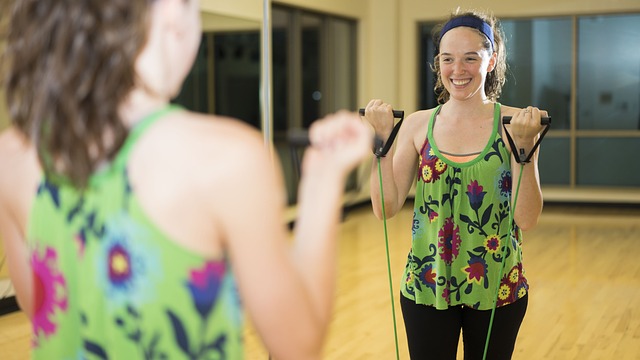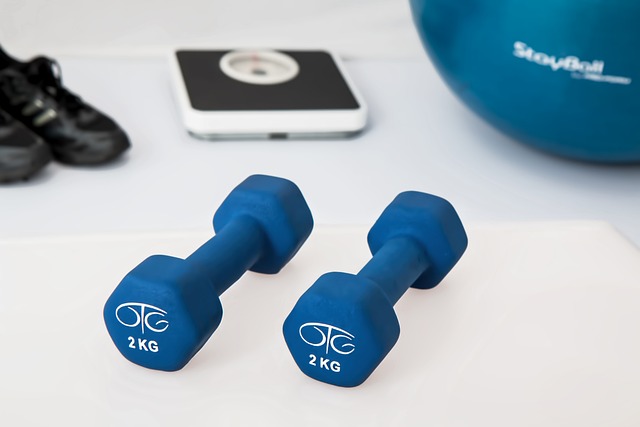Fitness is not just about physical strength but encompasses mental well-being and overall health. This article delves into the importance of fitness, different aspects of fitness training, nutrition, mental health, and the impact of a healthy lifestyle.
Introduction to Fitness
Fitness is a state of physical health and mental well-being that allows individuals to perform daily activities without fatigue and with ample energy to enjoy leisure pursuits and meet unforeseen emergencies. Achieving and maintaining fitness is a lifelong journey that requires dedication and consistency.

Physical Fitness Components
- Cardiorespiratory Endurance: The ability of the heart, lungs, and circulatory system to deliver oxygen efficiently during prolonged physical activity.
- Muscular Strength and Endurance: Building muscle strength and improving endurance through resistance training exercises like weightlifting, push-ups, and squats.
- Flexibility: Enhancing range of motion in joints and muscles through stretching exercises, yoga, and Pilates.
- Body Composition: Achieving a healthy balance of muscle, bone, and fat through proper nutrition and exercise.
Importance of Fitness in Daily Life
- Health Benefits: Reduced risk of chronic diseases such as heart disease, diabetes, and hypertension.
- Mental Well-being: Improved mood, reduced stress levels, and enhanced cognitive function.
- Increased Energy Levels: Enhanced stamina and vitality for daily tasks and activities.

Fitness Training Techniques
- Aerobic Exercise: Activities like running, cycling, swimming, and dancing that improve cardiovascular fitness and burn calories.
- Strength Training: Using resistance to build muscle strength and increase metabolism for weight management.
- Flexibility Exercises: Stretching routines to improve muscle elasticity and prevent injuries.
- Interval Training: Alternating between high-intensity exercise and periods of rest or lower intensity to improve fitness levels efficiently.
Nutrition and Fitness
- Balanced Diet: Incorporating a variety of fruits, vegetables, lean proteins, whole grains, and healthy fats to support energy levels and muscle recovery.
- Hydration: Importance of staying hydrated with water and electrolyte-rich fluids during physical activity.
- Supplements: Role of supplements like protein powders, vitamins, and minerals in supporting fitness goals when necessary.
Mental Health and Fitness
- Stress Management: Using physical activity as a tool to reduce stress hormones and promote relaxation.
- Mindfulness: Incorporating mindfulness practices such as meditation and deep breathing to enhance mental clarity and focus.
- Sleep: Importance of adequate sleep in supporting physical recovery and overall well-being.

Fitness for Different Age Groups
- Children and Adolescents: Importance of physical activity for growth, development, and establishing healthy habits early in life.
- Adults: Balancing work, family responsibilities, and fitness goals through structured exercise routines and time management.
- Seniors: Exercises to maintain mobility, balance, and bone health while reducing the risk of falls and maintaining independence.
Challenges and Obstacles in Fitness Journey
- Time Constraints: Finding time for exercise amidst busy schedules and commitments.
- Motivation: Strategies to stay motivated, set achievable goals, and track progress.
- Injuries: Preventing injuries through proper warm-ups, technique, and listening to the body&8217;s signals.
The Future of Fitness
- Technology and Fitness: Role of wearable fitness trackers, apps, and online fitness programs in monitoring progress and providing motivation.
- Community and Support: Importance of social connections and support networks in maintaining long-term fitness habits.
Conclusion
Fitness is a holistic journey that encompasses physical health, mental well-being, nutrition, and lifestyle choices. By integrating regular exercise, balanced nutrition, and mindfulness practices into daily life, individuals can achieve optimal fitness levels, enhance quality of life, and enjoy long-term health benefits.
References
- American College of Sports Medicine (ACSM). (n.d.). Physical Activity and Health. Retrieved from https://www.acsm.org/
- Mayo Clinic. (2023). Fitness Basics. Retrieved from https://www.mayoclinic.org/healthy-lifestyle/fitness/basics